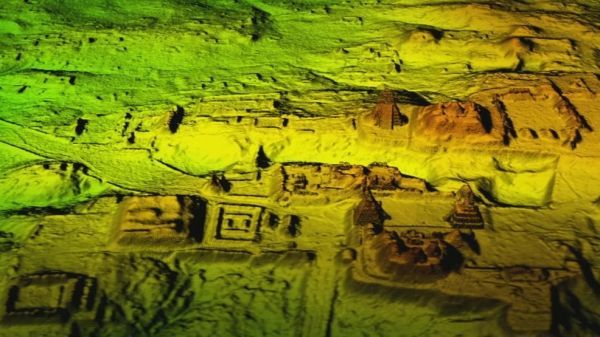Scientists have launched a new initiative to create a highly detailed, 3D map of the planet. The project, known as the Earth Archive, aims to capture a record of cultural sites, ecosystems, and landscapes before they are transformed by the impacts of climate change, such as rising seas, melting ice, and wildfires.
“We are going to lose a significant amount of both cultural patrimony – so archaeological sites and landscapes – but also ecological patrimony – plants and animals, entire landscapes, geology, hydrology,” archaeologist Chris Fisher of Colorado State University, a co-founder of the new initiative, told The Guardian. “We really have a limited time to record those things before the Earth fundamentally changes.”
The scientists plan to use a technology called light detection and ranging, or LIDAR, which sends pulses of lasers toward the Earth’s surface. The amount of time it takes for the pulses to bounce back is used to create a model of what’s on the land below, from a region’s terrain to manmade buildings to the age a forest, The Guardian reported. When mounted on an aircraft, LIDAR equipment can measure objects on the ground that are as small as 20 centimeters, or about the size of a small brick. The technology has already been used to find ancient cities in remote forested parts of Africa, South America, and Southeast Asia.
Read more at Yale Environment 360
Image: LIDAR technology recently revealed the ancient Mayan city of Tikal in Guatemala. WILD BLUE MEDIA/NATIONAL GEOGRAPHIC


